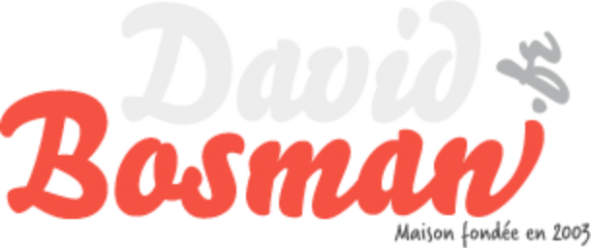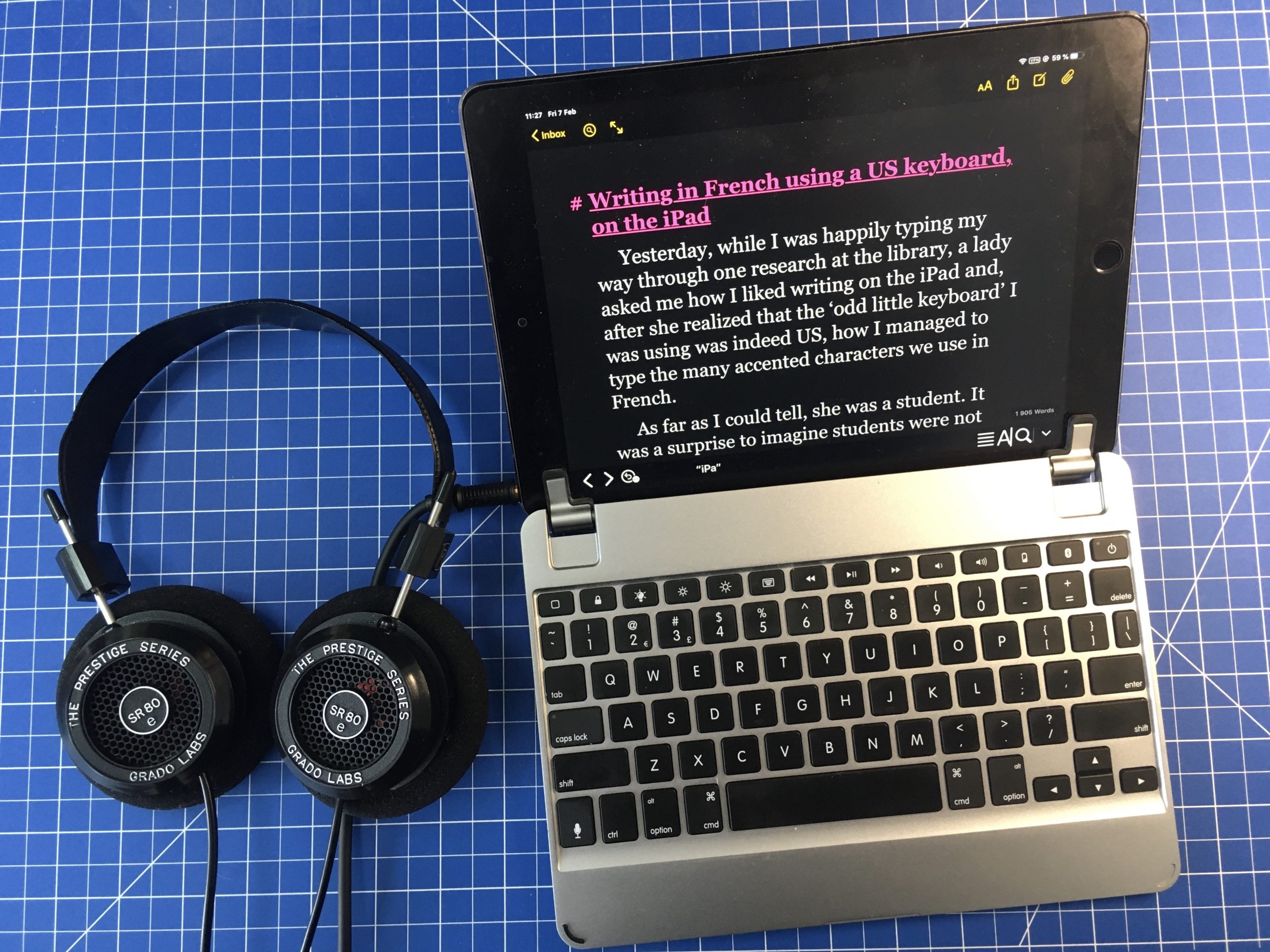I’ve been using Drafts for many years. But merely as a quick notepad as it’s lightening fast to open and to let you write anything and then, much later or immediately after jotting something down, to let you decide what to do with it–making Drafts the perfect and fastest ‘everything bucket’ there is on iOS: no need to hesitate, just write everything, anything, down in Drafts knowing you’ll decide what to do with all your notes later on.
But Drafts is much more capable than being the fastest note-taking app. Much more. It was just that I had no need for more features in an iOS app… that had no Mac companion app to let me, well, access my texts and notes outside of iOS.
Since then, the dev has released a Mac version. Alas, it was lacking some advanced features that would make me consider using it. That’s no more the case since its latest update: the Mac version now fully supports Actions–in short, Actions are the scripting thingy that comes with Drafts, that let you do many, many funny things to and with your notes.
And that changes everything.
So, even though the Mac version still has a few rough edges, for the last two weeks I’ve been almost only using Drafts to write on the iPad, the iPhone and on the Mac. And it has been an amazing experience. So much, I can hardly believe it myself.
Drafts stays lightweight and fast (it now contains a tad less than 700 notes, as I imported quite a lot of research in it, some very short or very long), while offering me as many–or as few–advanced features as I need to organise my notes, without ever turning itself into an ugly, cumbersome monster.
Advanced features like Workspaces (think ‘saved smart folders’), Tags and now Actions that let me organise my notes and projects like I want them to be, with only the tools I need within each project (this is amazing), and with an almost instant-on search engine to find whatever I need within a specific project or through all of them, with the tools to do whatever I need to do with my notes–and that includes publishing content to WordPress, though I’ve not tested it yet.
Drafts is lean, it’s fast, it’s powerful, and it’s well-thought. I’m in love with this app.
It is not perfect, sure. And it lacks a few features to replace Ulysses in my toolbox–give me inline images (not in Preview), first-line indentation (it’s a visual clue I rely on a lot to navigate my prose), and give me a Split/Merge tool–but nonetheless I’m so tempted as it’s such a pleasant experience to use it on the iPad and the iPhone, and now on the Mac too.
Drafts is free–like in free beer, no string attached to fully enjoy the fastest notebook on iOS–or subscription based (20€/year) if you need its advanced features.
BTW, if you read French and want to find some real world use cases, it might be a good idea to go read my old friend Urbanbike: he is a long time Drafts user and share a lot of advice 😉
Edit: Some precisions in what I’d love to see in Drafts.



